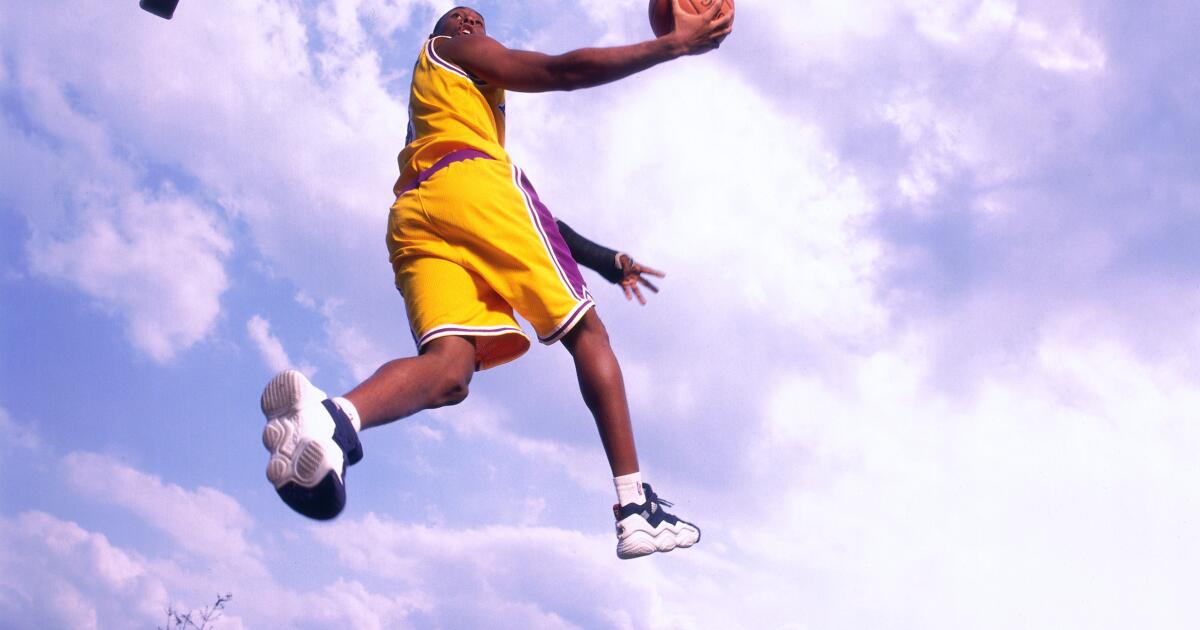Column: America was gaslit by the arrogance of Joe Biden and his enablers
In March 2024, I wrote a column about President Biden’s State of the Union speech with a confident headline that made perfect sense to me at the time: “Chill out, my fellow Americans. Your president isn’t cognitively impaired.”
Boy was I wrong. For months, critics and supporters had been raising pointed questions about the president’s physical health and intellectual acuity. Had he won the November election, after all, he would have been the oldest president in American history. (Since he lost, that honor goes to the current White House occupant.) But during his hourlong speech to Congress, Biden had sparred repeatedly with Republican hecklers. He was on his game. Democrats were relieved.
Having watched Trump raise spurious questions during the 2016 campaign about Hillary Clinton’s health —particularly after she was visibly ill at a 9/11 ceremony in Manhattan — I thought Republicans were harping on the issue of Biden’s age more as a tactic than anything else. It was a good distraction, considering that his opponent, then-former President Trump, was only a few years younger and given to rambling incoherence himself.
Republicans may have exaggerated Biden’s issues, but they were, as we soon learned, in the main, correct. By the time the president stood slack-jawed and confused on a debate stage with Trump only three months after his triumphant State of the Union address, it was clear that something was very, very wrong. The debate stage can be a cruel place, and with no prepared speech loaded onto a teleprompter, Biden was suddenly naked in the spotlight. It was not a pretty sight, and suddenly, he was no longer a tenable presidential candidate.
But why are we talking about this old news when we have a president flouting every ethical norm of his office, wantonly violating the Constitution and cozying up to murderous dictators such as Mohammed bin Salman, the Saudi crown prince whom the CIA concluded had ordered the 2018 killing and dismemberment of Washington Post columnist and Saudi dissident Jamal Khashoggi?
Biden is back in the news thanks to “Original Sin: President Biden’s Decline, Its Cover-Up, and His Disastrous Choice to Run Again,” by longtime CNN anchor Jake Tapper and Axios White House correspondent Alex Thompson. The book, whose subtitle says it all, has been excerpted in the New Yorker and reviewed by other publications. Its publication date is Tuesday.
I tried to get my hands on a copy, but the publishing house blew me off.
In any case, so much of the book’s insider information has been made available that it is possible to make a convincing case, even from a distance, that Biden’s insistence on running for a second term, despite his promise to be a one-term “bridge,” and his belated decision to drop out, is how we got to where we are today: in the grip of a chaotic, despotic self-dealing president who is turning the Constitution on its head.
Heckuva job, Joe!
I was as surprised as anyone that Biden became the nominee in 2020. I recall watching him stump in Iowa, certain that he was too old for the job. Onstage, he was shouty, his voice rising and falling for no particular reason — “mistaking volume for passion,” as I wrote back then.
And yet, for all his faults, gaffes and frailties, I would still prefer an impaired Biden to the corrupt felon who currently occupies the Oval Office.
Those who have read “Original Sin” say that it does not contain any bombshells. What it offers is a detailed account of the systematic effort by family and advisors to conceal the truth from the American people, and calls out the cowardly Democratic leaders who knew Biden was not up to a second term but were afraid to cross him.
As the Washington Post put it in its review: “The book is a damning account of an elderly, egotistical president shielded from reality by a slavish coterie of loyalists and family members united by a shared, seemingly ironclad sense of denial and a determination to smear anyone who dared to question the president’s fitness for office as a threat to the republic covertly working on behalf of Trump.”
Co-author Thompson, as it happens, was one of the few mainstream political journalists to aggressively report on Biden’s worsening condition and the struggle — you might even call it gaslighting — to keep it from the public.
For that, the White House Correspondents’ Assn. awarded him its top honor in April. In his acceptance speech, Thompson was unflinching.
“President Biden’s decline and its cover-up by the people around him is a reminder that every White House, regardless of party, is capable of deception,” he said. “But being truth tellers also means telling the truth about ourselves. We, myself included, missed a lot of this story, and some people trust us less because of it. We bear some responsibility for faith in the media being at such lows. … We should have done better.”
I take his point. We are now living with the consequences of our failures.

